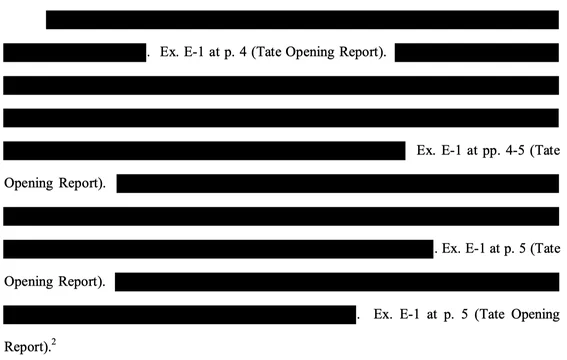
Most filings in the District of Delaware can be made under seal without a motion. The Court requires a motion to seal certain things, however, including hearing transcripts—and the burden on those motions can be high.
I've noticed that out-of-town counsel sometimes forgets just how involved it is to file a motion to seal. It's not a form motion that you can draft up quickly. It's a substantive filing, that also requires a meet-and-confer, and that is best supported by a client declaration.
Visiting Judge Wolson, of the Eastern District of Pennsylvania, reminded us all of just how high that bar is today, in an opinion denying a joint (i.e., entirely unopposed) motion to seal:
Motions to seal judicial records are a big deal. They seek to shield from public view information that judges consider when rendering their decisions. Sealing orders deprive the public of information that it can use to assess a judge’s ruling, and they deprive lawyers and parties information that they can use to distinguish or analogize a case—a fundamental part of the development of the law. Given how important sealing motions are, courts require specificity before granting them, not just vague generalities.
* * *
To overcome the strong presumption of access that attaches to judicial records, a movant must show that an interest in secrecy outweighs the presumption by demonstrating that the material is the kind of information that courts will protect and that disclosure will work a clearly defined and serious injury to the party seeking closure.
MED-EL Elektromedizinische Gerate Ges.m.b.H v. Advanced Bionics, LLC, C.A. No. 18-1530-JDW, at 1 (D. Del. Feb. 26, 2024).
The information at issue was sales figures. The Court held that, because similar but less granular information had been publicly shown at trial, the parties could not now seal it absent a showing of how the additional detail actually caused competitive harm:
[T]he Parties’ Joint motion to seal portions of Appendix A to Julie Davis’s declaration falls short because MED-EL does not articulate a sufficient explanation of how it will suffer harm if its unit sales—which were disclosed in open court at trial—appear on the public docket, broken down on a quarterly or annual basis. MED-EL’s declaration from Mario Konegger, its Head of IP, contains numerous references to “competitive harm” and “competitive disadvantage,” but it doesn’t explain how or why the disclosure of this information in a slightly different form than what was disclosed at trial will lead to that harm. Even Mr. Konegger’s purported example doesn’t tell me much.
Instead, he just resorts to a conclusory statement of competitive harm: “public access or disclosure of MED-EL’s historical and current quarterly unit sales would provide MED-EL’s competitors with insight regarding the size and strength of MED-EL at different points in time, which could cause competitive harm to MED-EL.” . . . He doesn’t explain how a competitor would use this information to harm MED-EL, and it is not my job to guess. Similarly, he claims that the disclosure of unit sales data in Appendix A “would allow MED-EL’s competitors to understand changes to MED-EL’s unit sales between any given year or quarter, and would provide MED-EL’s competitors with insight for strategic decisions around sales of competing products, which would cause competitive harm to MED-EL.” . . . Certainly, competitors will see differences in units sales from each quarter and year, but there is no accompanying information explaining those differences. Thus, I strain to see how a competitor will make use of this information to MED-EL’s detriment.
Id. at 4-5.
Basically, you have to spell out what the competitive harm is. The words "competitive harm" alone are not enough, even with a client declaration:
Previously, I permitted MED-EL to seal similar information regarding its unit sales in this case, but that was before trial. Since then, MED-EL’s total unit sales were disclosed in open court. If there is such an incredible difference between having that information disclosed on an annual or quarterly basis, then MED-EL had to do a better job of explaining it to me. Invoking the phrase “competitive harm” as some sort of talismanic language is not enough. Parties seeking to keep judicial records from the eyes of the public must overcome a much higher burden.
Id. at 5-6.
This is something to keep in mind next time you are considering raising confidential information in a trial or at a hearing. It is very important to move to seal the courtroom, and even then, it's going to take a lot of work to keep that information secure. If it's not critical, consider whether it needs to be in the record at all.
If you enjoyed this post, consider subscribing to receive free e-mail updates about new posts.






